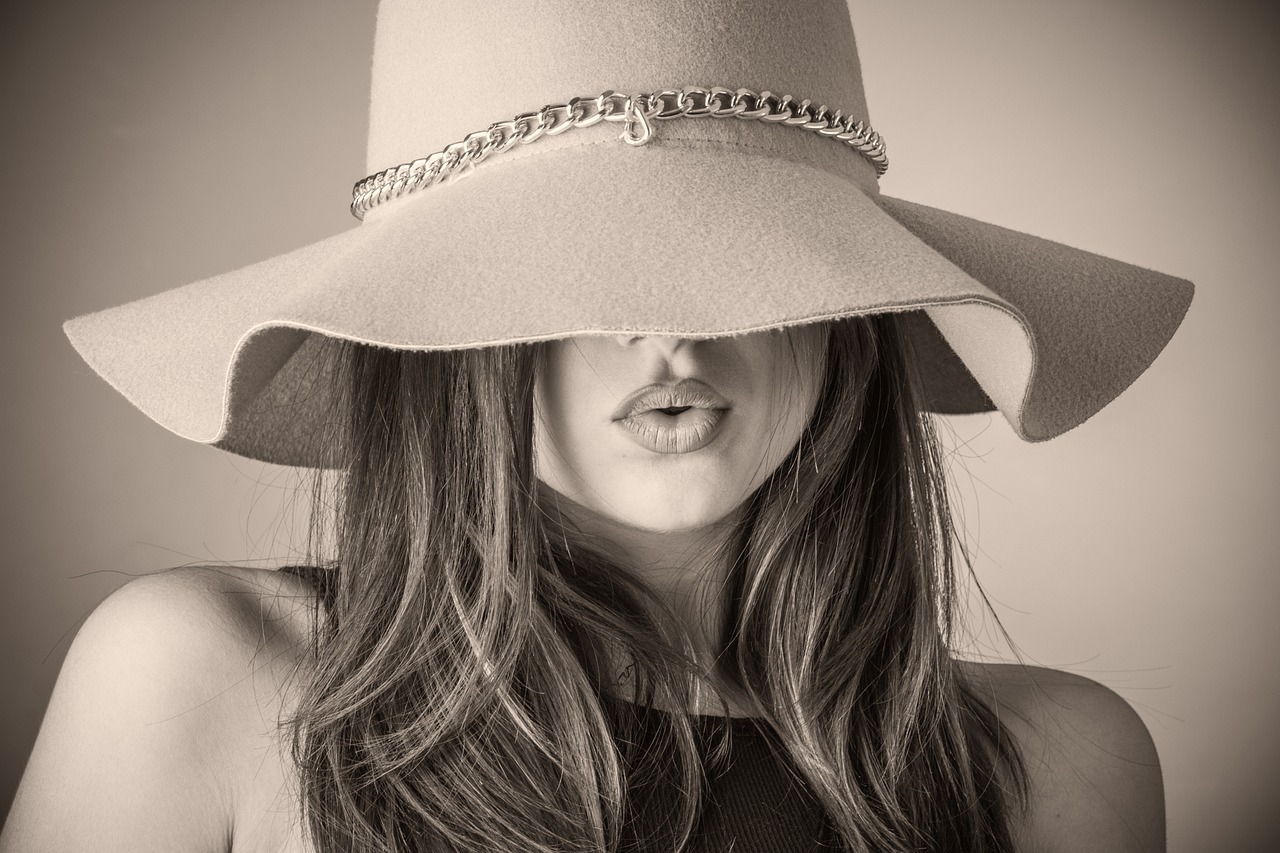Glamour is an alluring word that it is associated with fashion, modern design and Hollywood. The book, Glamour in Six Dimensions, written by Judith Brown, allows the readers to see how glamour was represented by artists working from the mundane to the extraordinary. It covers the historical aesthetic roots of glamour in the twentieth-century. She analyzes twentieth century’s celebrities, writers, and objects as products and contributors to defining glamour. She argues that glamour is the defining aesthetic of modernism. She managed to cover everything from Greta Garbo to Cellophane.
Glamour in Six Dimensions is an informative book that redefines modernist culture. Her analysis in modernism is grouped into six categories where she focuses on several cultural products and people that help in shaping the meaning of glamour. These six categories are divided into six chapters which pertains to a glamorous quality that would come into your mind by discussing a product or an object to which she will compare with the works of a modernist writer. Chapters include:
Chapter 1 – “Perception”, covers Chanel #5 compared and Wallace Steven’s poetry.
Chapter 2 – “Violence”, covers “The Great Gatsby” along iwth Katherine Mansfield’s “Je ne parle pas Francais” on persuasive violence in 1920s.
Chapter 3 – “Photography”, reads snapshots beside with Mrs. Dalloway.
Chapter 4 – “Celebrity”, Greta Garbo, Virginia Woolf’s “Mr. Benett and Mrs. Brown” compared with T. S. Elliot’s “Tradition and the Individual Talent”.
Chapter 5 – “Primitivism”, Josephine Baker, Wallace Thurman’s Infants of the Spring” with a parallel analysis of Nella Larsen’s “Quicksand.
Chapter 6 – “Cellophane” and plastics coupled with Gertrude Stein’s “Four Saints in Three Acts”.
The goal of these chapters is Brown’s intention is analyzing cultural and literary phenomena to tease out glamour’s pleasure, power and danger.
Brown’s interesting, striking and alluring chapters start with physical object and demonstrate how being glamorous parallels modernist texts and form. In her first chapter for example, she starts with a brief history of Chanel #5, the first perfume mixed of synthetic and organic scents and pairs the discussion with Wallace Stevens writings and shows how those writings have an affinity to a glamorous fragrance.
Brown discusses this pair as an exploration of transformation, from a simple object to an aesthetic being. She states that this transformation is where glamour comes from and she calls it an aldehydic effect of Steven’s poetry as he makes the shift from a simple object to emitting enchantment by invisible force. She also demonstrates that Chanel’s perfume and Stevens’s canonical poems offers a metaphor for cool synthetic effect of Stevens’ poetry to the historical moment of Chanel #5, so they share aesthetic within cultural and modernist context.
In her analysis, Brown persuades us that glamour is modernism’s push for imagination, invention and legacy. She talks about the impacts of modernism as well as some of the complexity and contradictions found in her review.
Her book provides important accounts of the modern glamourous aesthetic in the twentieth-century. She shows impressive versatility in her book while she demonstrably relates each chapter to the concept around glamour.
Judith Brown’s Glamour in Six Dimensions is a remarkable book to those who want to learn more about glamour, modernist culture and literature. The book very much reads like a college lecture and definitely will evoke some thinking and thought about what is glamour.

